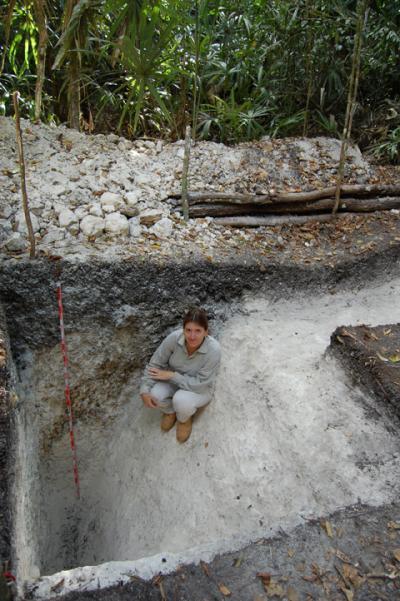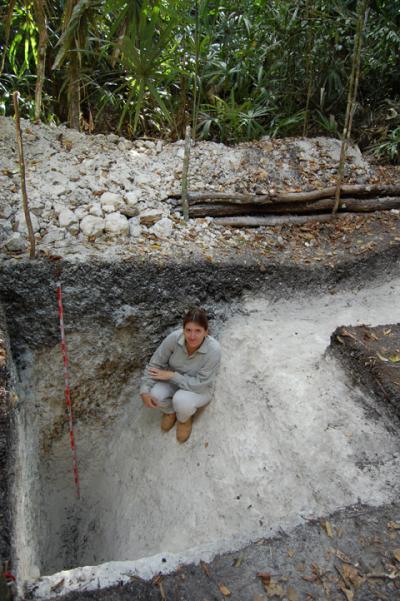The Maya of Central America survived periodic droughts for nearly two millennia with complex landscaping and engineering, including the area’s largest ancient dam in Tikal, Guatemala.
A new study has found that the Mayan-built environment was integrated into a water storage system by linking pavements and pyramids in urban centers to elevated reservoirs nearby.
The research team wanted to explain how up to 80,000 Mayans lived at Tikal alongside an estimated population of 5 million in the lowlands by A.D. 700.
“That is a much higher number than is supported by the current environment,” explained study co-author Vernon Scarborough at the University of Cincinatti in a press release. “So, they managed to sustain a populous, highly complex society for well over 1,500 years in a tropical ecology.
“Their resource needs were great, but they used only stone-age tools and technology to develop a sophisticated, long-lasting management system in order to thrive.”
The gravity dam was over 260 feet long, about 33 feet high, and held about 20 million gallons of water. Named the Palace Dam, it was constructed to store water collected from sealed surfaces in Tikal’s central precinct.





